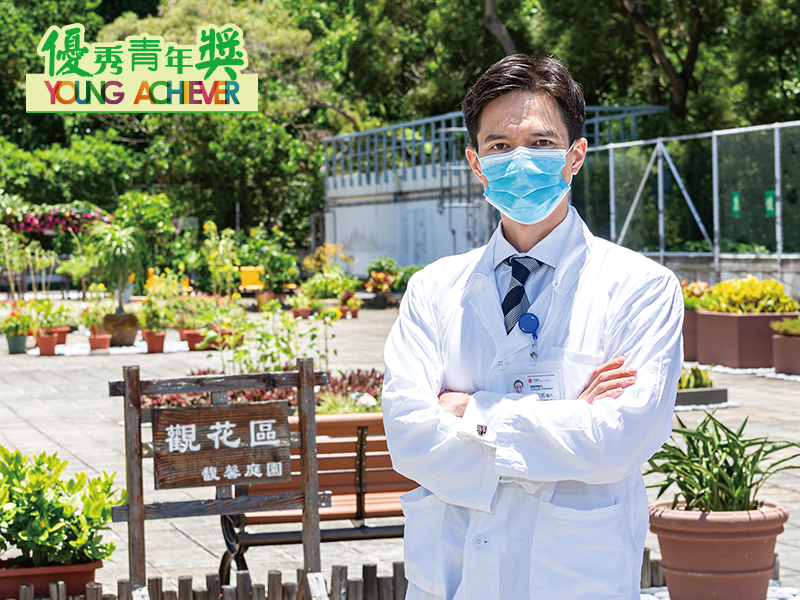A chance to rise again
Dr Koljonen Paul Aarne
Associate Consultant (Orthopaedics & Traumatology)
Queen Mary Hospital
“I feel very blessed to be in a position where I can potentially help my spinal cord injury patients regain the will to live, whether it is by helping patients on a ventilator breathe again, or by helping paraplegic patients get back on their feet,” says Dr Koljonen Paul Aarne, a specialist in spinal surgery and spinal cord injury rehabilitation. In his opinion, far from simply performing surgery, a surgeon’s role in postoperative care and rehabilitation is equally important in the entire treatment process. For this reason, since 2015, he has been working tirelessly to push the boundaries of his profession, with the hope of improving the effectiveness of treatment for spinal cord injury patients in a holistic care approach.
Dr Koljonen believes that a comprehensive continuum of care is crucial as every treatment process is a race against time, particularly during the half-year golden recovery period immediately after surgery. He is keen to adopt advanced technology, among which the robotic exoskeleton service introduced in Maclehose Medical Rehabilitation Centre (MMRC) is a breakthrough. After the robotic device is strapped to the legs and waist of a patient and is activated, paraplegic patient will be able to stand upright, walk, and perform critical training tasks as programmed.
To put forward the development of exoskeleton rehabilitation services in Hong Kong, he organised training programmes in collaboration with an internationally accredited organisation, and trained the first team of certified exoskeleton trainers in Hong Kong. Another major contribution Dr Koljonen made is the introduction of diaphragmatic stimulation for mechanical ventilator-dependent patients. It helps improve breathing and potentially reverses patients’ dependence on mechanical ventilation.
At the frontline, he has witnessed miracles but also limitations. He says, “New technology brings hopes to our patients, but it also takes difficult steps before we introduce it, when no distributor was supplying the technology in Hong Kong, and none of us had the experience in operating these complicated devices.” He adds, “From planning and implementation of our pilot scheme, to the development of service model, and finally for patient engagement and evaluation, the entire process may take two to three years.” Having said that, he hopes that these pilot schemes can eventually become regular services, benefiting more public hospital patients.
Groundbreakers
Every Second Counts
Enlightening the Next Generation
Mighty Support
Voices of Experts

